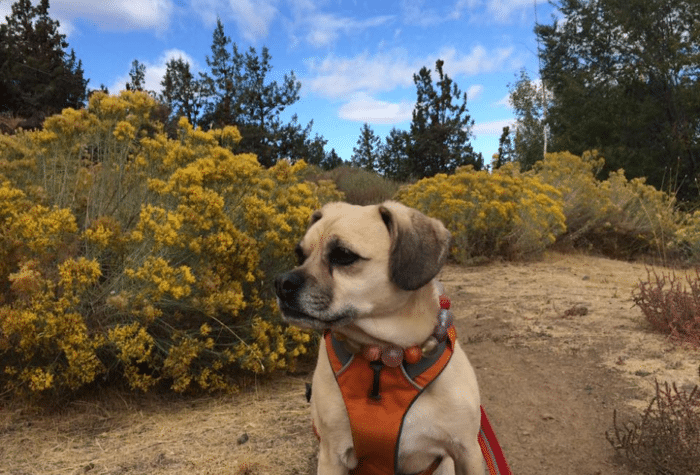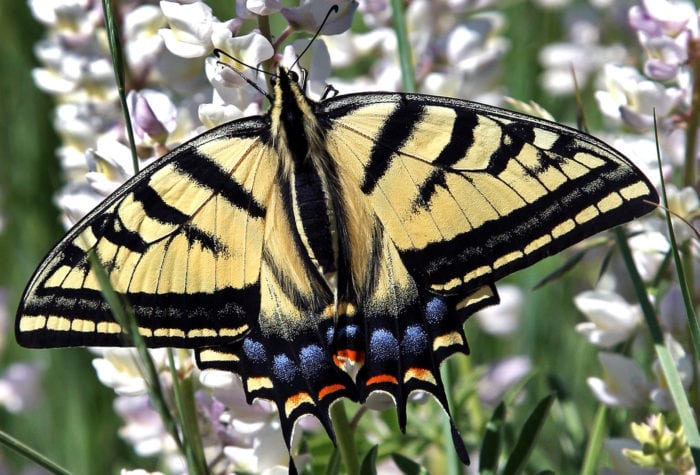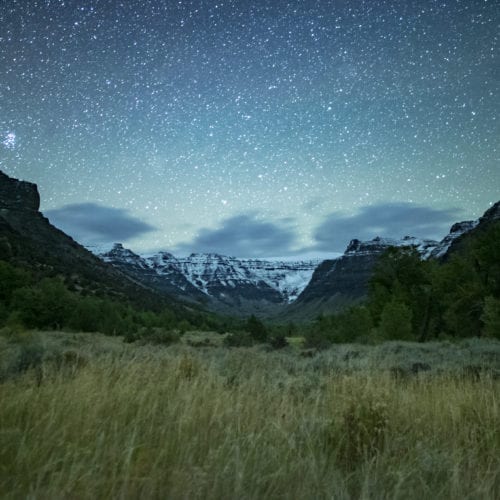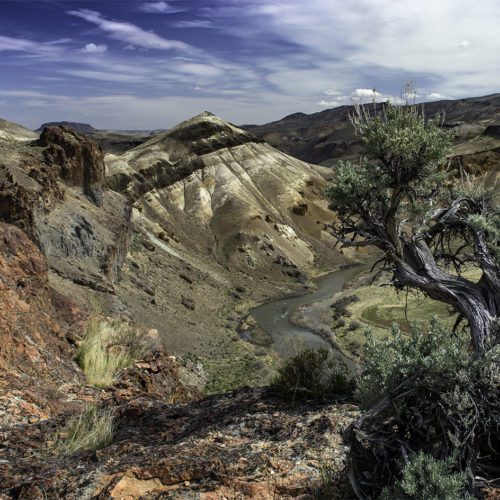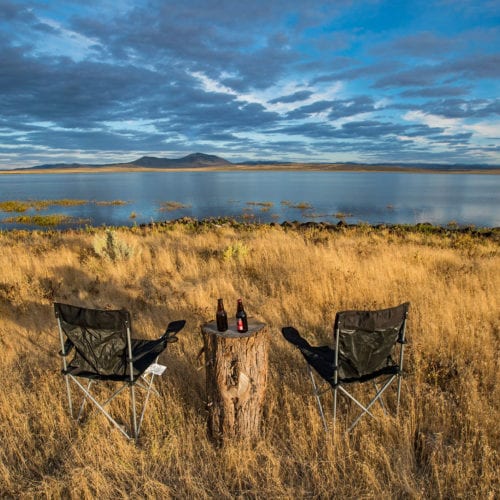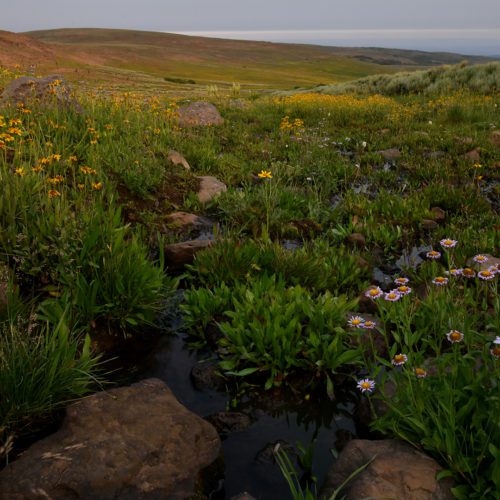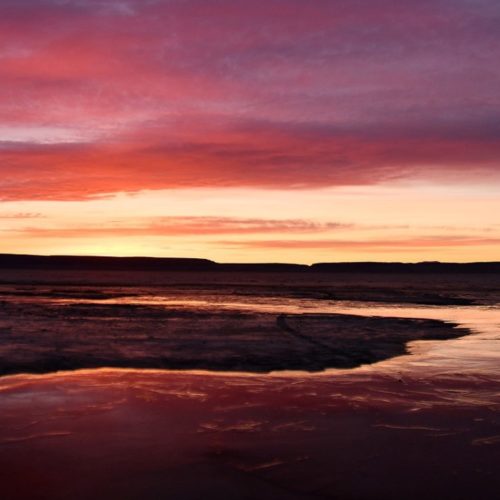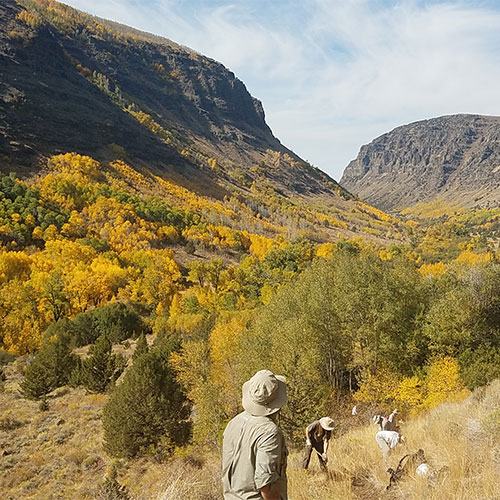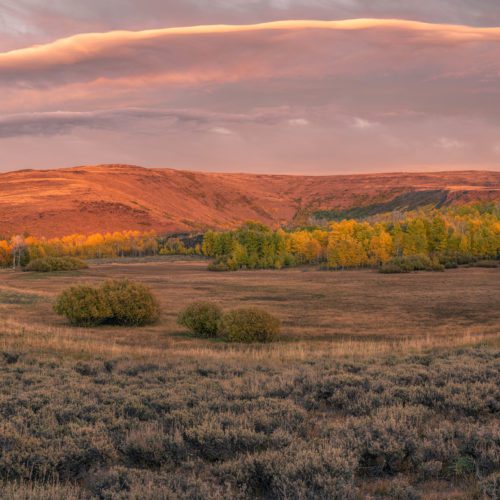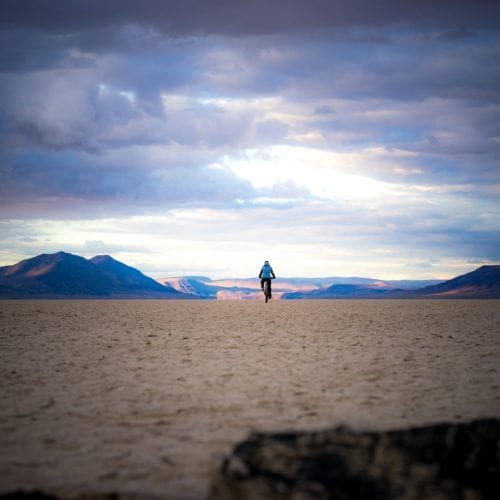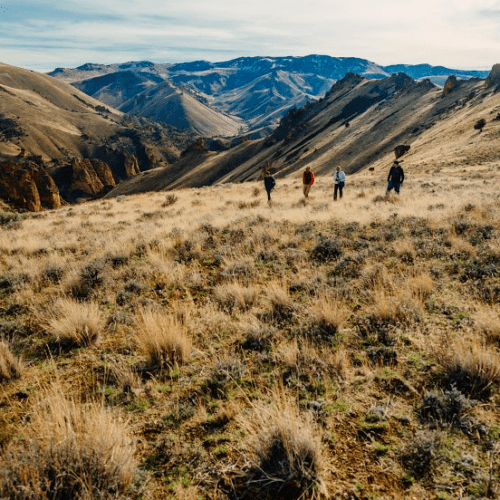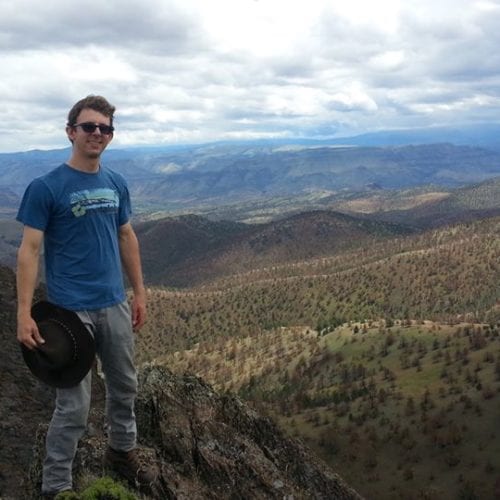Wonders by Day and Night
Author: Scott Bowler | Published: January 14, 2022 | Category: Where-to A month-by-month guide to appreciating Oregon’s high desert As the tenth largest state in the union, Oregon offers […]
Read MoreSmall Splendors, Vast Landscapes
Continuing ONDA’s High Desert Speaker Series, Ellen Bishop will present “Small Splendors, Vast Landscapes.” Oregon’s deserts offer serene and yet provocative landscapes that invite contemplation. Yet sometimes, in viewing their […]
Read More10 Ways to Immerse
Yourself in the Desert
Author: Corinne Handelman | Published: November 17, 2021 | Category: Look Back Choose your desert immersion adventure It’s officially “shoulder season.” Autumn is past its prime; winter hasn’t fully […]
Read MoreEssential, a film premiere
Save the date for the premiere of our newest short documentary, “Essential.” Oregon’s high desert is an arid landscape, defined by the scarcity of water, but that does not mean […]
Read MoreEssential
Oregon’s high desert is an arid landscape, defined by the scarcity of water, but that does not mean that this vast landscape is without water. It means that every stream, […]
Read MoreYour Next Autumn Activity:Volunteering
As golden aspen leaves and frosty mornings mark the arrival of fall in Oregon’s high desert, welcomed rains are bringing fire danger down and allowing volunteers to resume work on […]
Read MoreSeasons of the Desert
Each season in Oregon’s high desert, a new world unfolds. From spring blooms to autumn’s migrating birds, this virtual presentation will teach you a bit about what you’ll find year-round […]
Read MoreHow-to: Playa Like a Pro
Author: Renee Patrick | Published: August 12, 2021 | Category: How-to The Alvord Desert Wilderness Study Area is an iconic attraction in Oregon’s high desert. The 50-mile long Steens Mountain […]
Read MoreReimagine Your Public Lands
Author: Lace Thornberg | Published: July 14, 2021 | Updated: September 17, 2021 | Category: In the News National Public Lands Day is celebrated annually on the fourth Saturday in […]
Read MoreStreamside Story: Cody Hess
Author: Joanna Zhang | Published: June 3, 2021 | Category: Profiles “While I was out there, I didn’t see a single person, didn’t hear an airplane or truck. There was […]
Read More